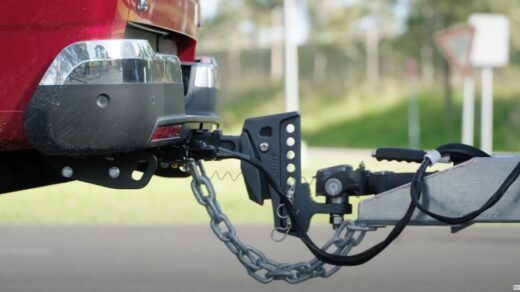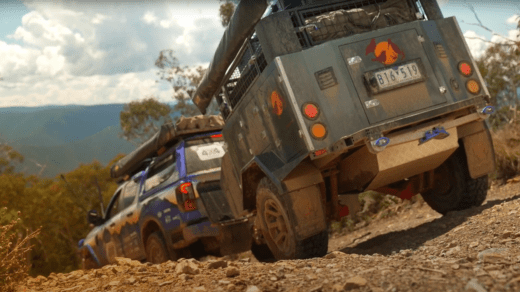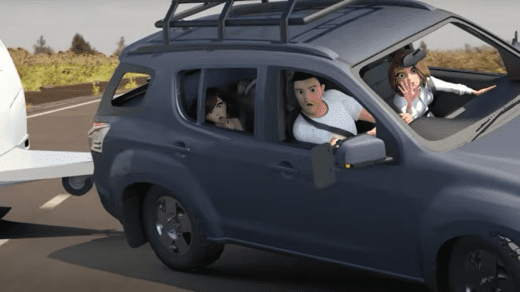While we all want to go somewhere… we all need to stop as well! Trailer brakes might not be on the top of the list when thinking about your next adventure, but it is very important.
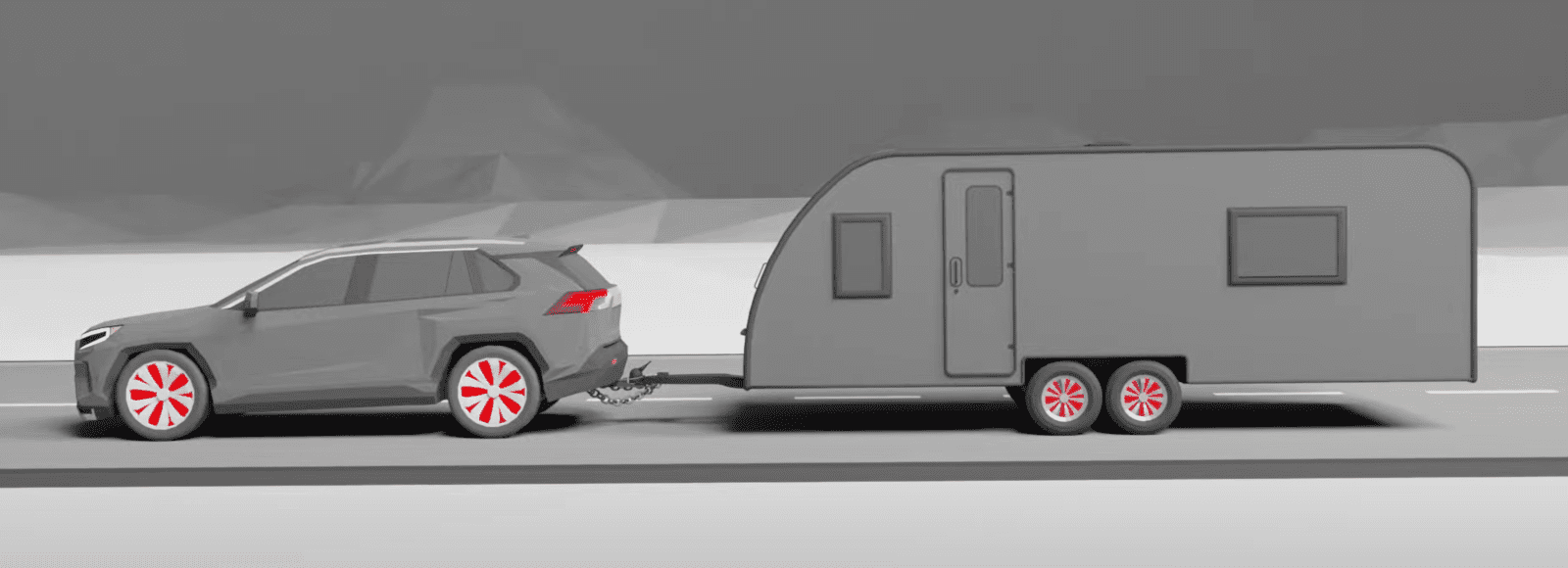
Trailers under 750kg do not require brakes, however, caravans and most camper trailers will weigh more than this.
Trailers weighing between 751kg and 2000kg require braking on both wheels on at least one axle. Override brakes are permitted when the Gross Trailer Mass (GTM) is less than 2000kg and can be of the mechanical or hydraulic variety. Alternatively, electric brakes may be used.
Trailers weighing between 2001kg to 4500kg need to have braking on all wheels and electric brakes are required. An automatic breakaway system is also required for trailers over 2000kg in case the trailer becomes detached from the vehicle.
Electric brakes work by automatically applying the trailer brakes via the brake controller using electromagnetics and friction. Whilst they do work automatically when you press the brake pedal, they can also be manually operated via the controller installed within reach of the driver.
It is important to know how to use your electric brake controller. There are manual and proportional controllers. If you have older style manual electric brakes, you will need to adjust the level of braking to suit your trailer and driving conditions. Modern advanced controllers have a proportional mode, so they automatically apply the trailer brakes in proportion to how you are braking on the tow vehicle. All brake controllers will have the ability to apply just the trailer brakes. This is very important if you ever get trailer sway.
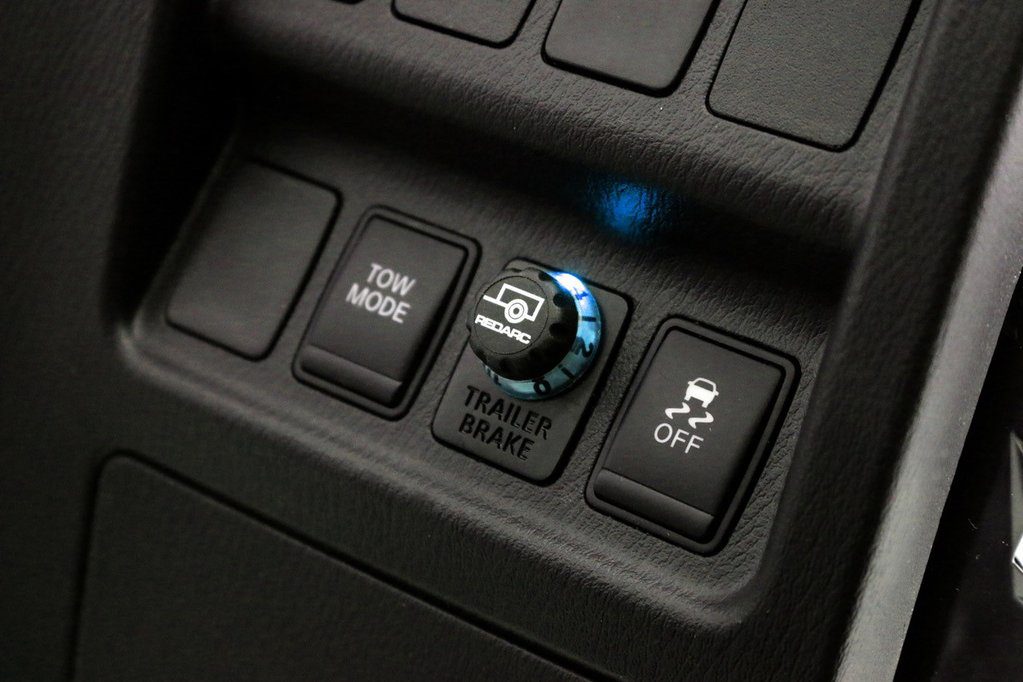
You can test your electric brakes are working by rolling along the flat slowly and then applying the trailer brake by pressing the manual control button. Your trailer brakes should apply and bring you to a stop.
If you get sway, ease off your accelerator, and hold the steering wheel steady and apply the trailer brake button, just like you did when testing if they worked to apply the trailer brakes. This will bring the trailer back in line behind the car and slow the whole combination.
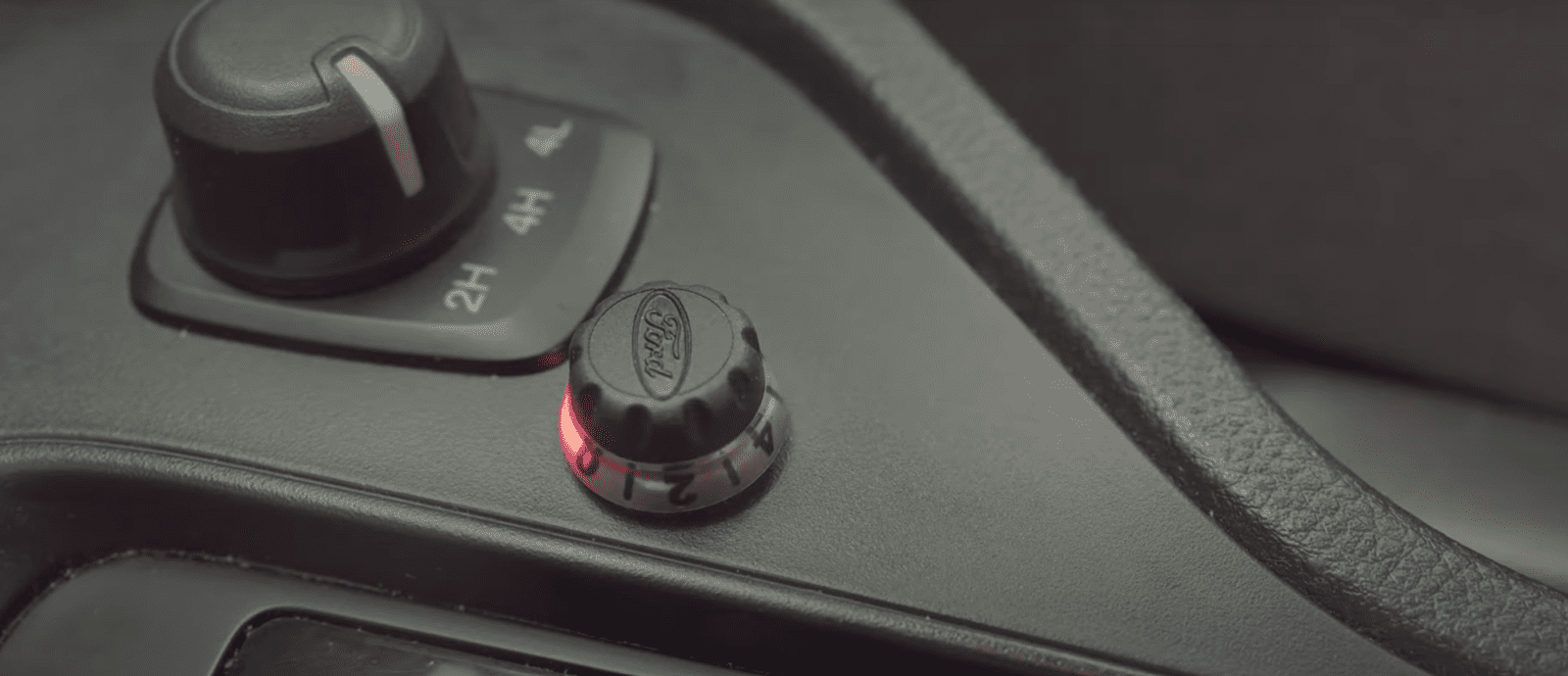
It is great to practice knowing where the button is in the case of an emergency such as sway. You need to be able to put your finger on the button without looking for it, so practice.
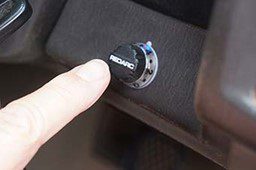
Take the time to get to know your trailer brakes so you know you can stop safely.




